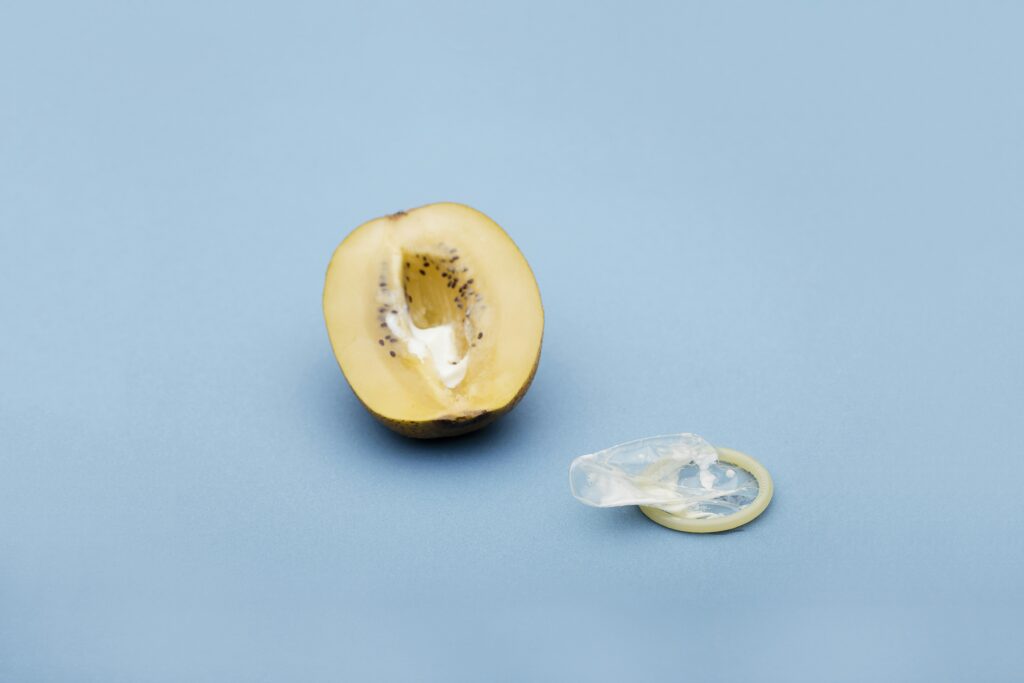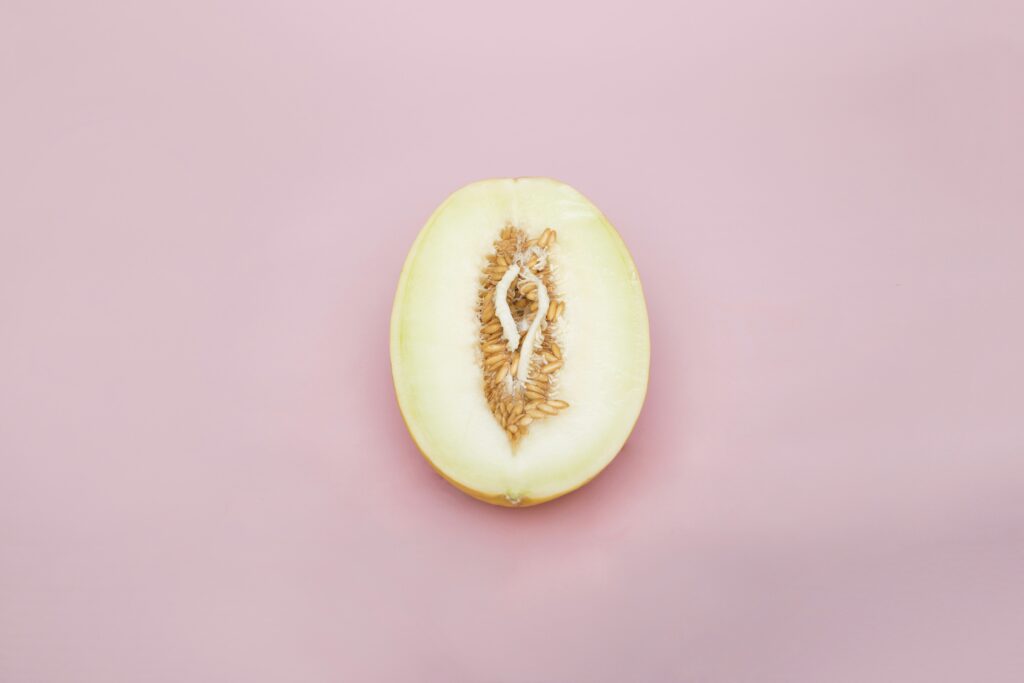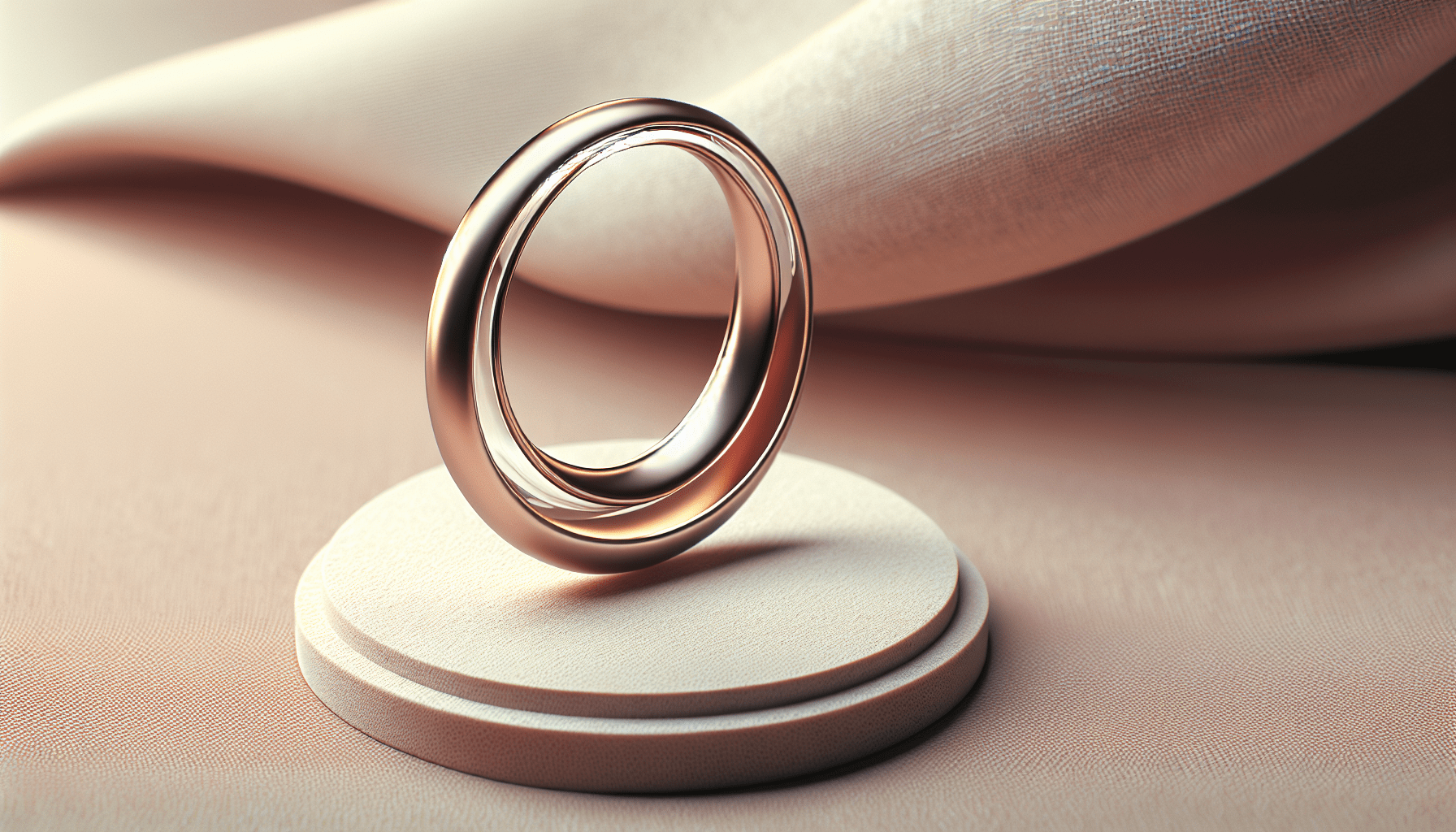Have you ever wondered about the potential impact of using cock rings for individuals with reproductive disorders? It's a question that many people find themselves pondering, especially when trying to navigate the complexities of sexual health and wellbeing. Understanding how cock rings function and their suitability for those with specific reproductive health issues can offer clarity and better decision-making.

Understanding Cock Rings
What is a Cock Ring?
A cock ring is a device typically worn around the base of the penis, sometimes including the testicles. It's primarily used to enhance sexual pleasure by constricting blood flow, which can enhance erection strength and sustain it longer. Usually made from materials like silicone, rubber, or metal, cock rings can vary in size, flexibility, and overall purpose.
How Do Cock Rings Work?
Cock rings function by trapping blood inside the penis when it’s erect. This can enhance stamina and sensation, potentially leading to more intense orgasms. For those unfamiliar with how these devices operate, it's similar in concept to tying off a balloon to keep air in—only in this case, it's blood.
The Intersection of Cock Rings and Reproductive Health
What Are Reproductive Disorders?
Reproductive disorders encompass a range of issues affecting the reproductive system. These can include erectile dysfunction, infertility, hormonal imbalances, and anatomical variations. Each condition requires specific attention to understand how sexual aids such as cock rings might interact with these issues.
Potential Benefits
For some individuals with reproductive disorders, cock rings might offer benefits. For instance, those dealing with mild erectile dysfunction might find that a cock ring helps maintain their erection. By providing extra support and blood flow restriction, a carefully chosen cock ring might enhance sexual performance where traditional methods fall short.
Possible Risks
However, it's important also to consider the risks. Over-reliance on cock rings without addressing underlying medical conditions could potentially exacerbate certain reproductive disorders. Additionally, misuse might result in injuries or complications, especially if used incorrectly or for prolonged periods.
Specific Reproductive Disorders and Cock Rings
Erectile Dysfunction (ED)
Erectile Dysfunction, characterized by the inability to achieve or maintain an erection suitable for sexual activity, is a common issue. For men with ED, cock rings might provide additional support in maintaining erections. However, they should not replace professional medical advice or treatments such as medications prescribed by a healthcare provider.
Peyronie's Disease
Peyronie's disease involves the development of fibrous scar tissue inside the penis that causes it to bend. The use of cock rings with this condition can be problematic. The constriction could potentially aggravate the situation, making it crucial to consult with a healthcare professional before considering their use.
Varicoceles
This condition involves enlarged veins within the scrotum, similar to varicose veins seen in legs. Using a cock ring here might pose additional issues by further constricting blood flow.
Premature Ejaculation
For those experiencing premature ejaculation, cock rings might help delay orgasm by reducing sensitivity and thus extending intercourse duration. This could be seen as a positive temporary measure, although understanding the root cause of the condition remains important.
Choosing the Right Cock Ring
Material Considerations
When selecting a cock ring, material is an essential factor. Silicone rings are flexible and beginner-friendly, offering a comfortable range of motion. Metal rings, while durable, have no give, requiring precise sizing and a bit more experience to use safely.
Size and Flexibility
Choosing the correct size is pivotal. Rings that are too tight can cause discomfort or injury, while those too loose won't provide the desired effect. Flexibility varies between products, with some offering stretch or adjustable designs. Ensuring a comfortable fit promotes safe use.
Additional Features
Some cock rings come with added features like vibrating components, aimed at enhancing pleasure for both partners. These features might be beneficial or unnecessary, depending on personal preferences and comfort levels.

Safety Considerations
Duration of Use
One key safety aspect is the duration of wearing a cock ring. Typically, it's advised not to exceed 20-30 minutes to avoid potential complications like numbness or tissue damage, which can result from prolonged constriction.
Monitoring Comfort
If at any point the cock ring causes pain, discomfort, or discolored skin, it should be removed immediately. The priority is to prevent any adverse effects or injuries.
Healthcare Consultation
Before using a cock ring, especially if one has reproductive health concerns, it’s recommended to consult a healthcare professional to evaluate individual suitability and prevent potential health risks.
The Psychological Aspect
Confidence and Performance Anxiety
For some, cock rings can provide a temporary boost in confidence, mitigating anxiety related to performance. This psychological benefit should be weighed alongside physical aspects when considering their use. However, they should not become a sole source of confidence in sexual performance, as this might mask underlying insecurities or conditions needing attention.
Relationship Dynamics
Introducing a cock ring into a relationship can open dialogue about sexual preferences and boundaries. This can foster better communication and understanding between partners about comfort levels and expectations.

Conclusion
In conclusion, the suitability of cock rings for individuals with reproductive disorders largely depends on the specific health conditions, individual comfort, and professional medical advice. They can offer certain benefits, such as enhancing erection quality and prolonging sexual activity, yet they might also pose risks if misused or employed without considering underlying health issues.
It's vital to approach this topic with both curiosity and caution, ensuring decisions are informed by a combination of personal experience, partner communication, and expert guidance. Ultimately, your sexual health and satisfaction should be the primary goal, navigating responsibly amidst the available options to enhance both pleasure and wellbeing.

